Keep C.A.L.M.
(Choose Accessible Learning Materials)
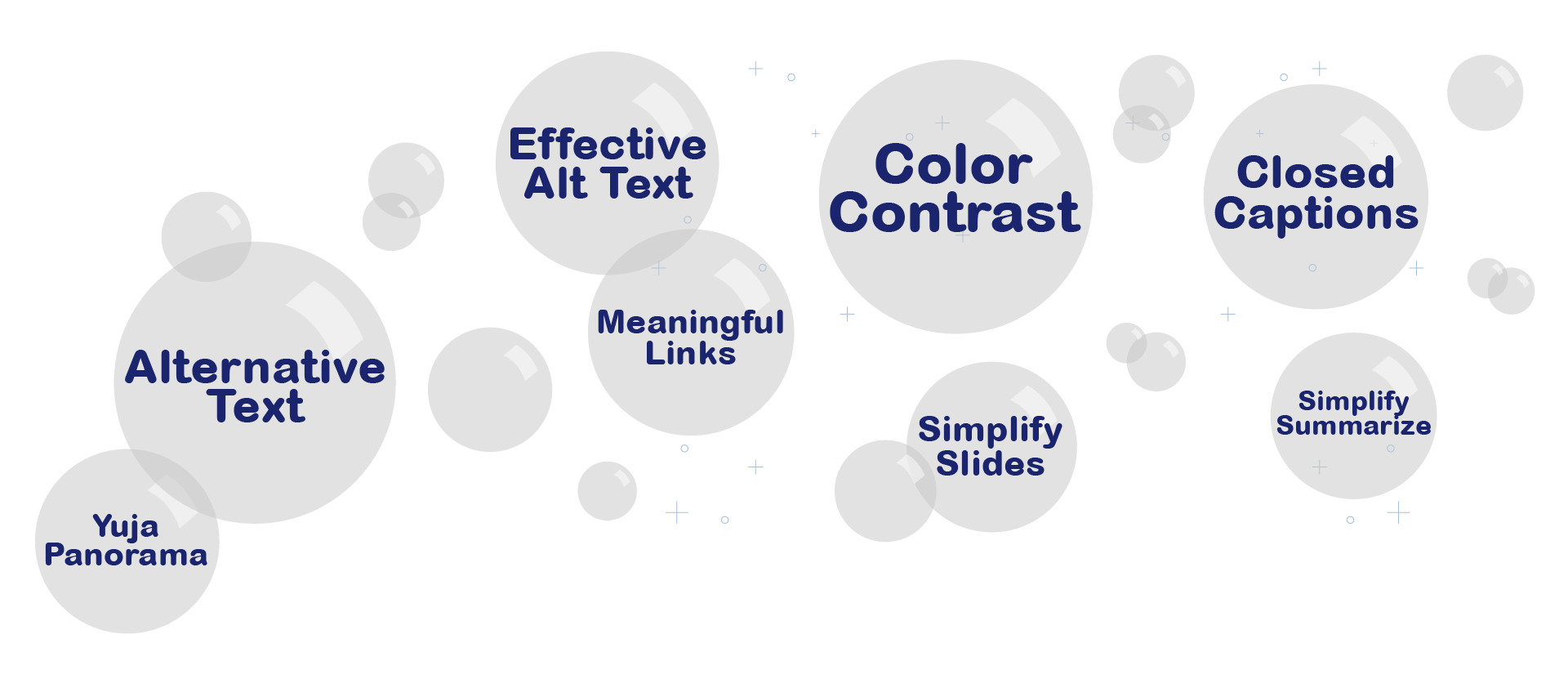

What Is C.A.L.M.?
Choosing Accessible Learning Materials (C.A.L.M.) is a proactive approach to course design that supports the principles of Universal Design for Learning (UDL). UDL promotes inclusive teaching by anticipating the diverse needs of students and removing barriers to learning before they arise.
Visit the UDX Experience in Brightspace
Check out our FAQ page for instant answers to questions you may have.
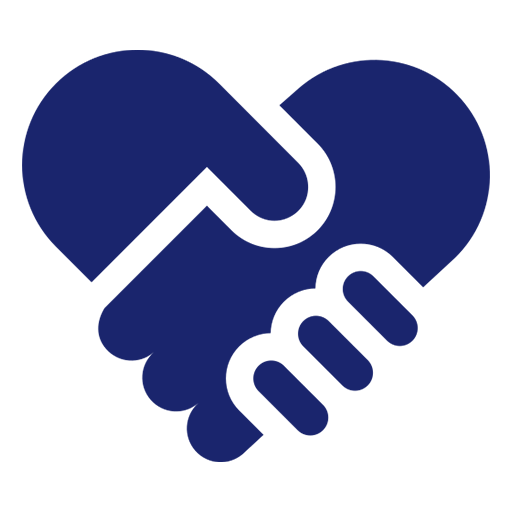
Why It Matters
- YES to Inclusion: Accessible materials ensure that everyone—students, faculty, staff, and the public—can fully participate, from cheering at games and attending performances to learning in classes and applying for campus jobs.
- YES to Usability: Clear, flexible design benefits all. Students learn more effectively, faculty and staff work more efficiently, and the community connects more easily with our services.
- YES to Engagement: When access works for all, learning deepens, support strengthens, and the campus experience becomes more vibrant—for every Zip, every team, and every guest.
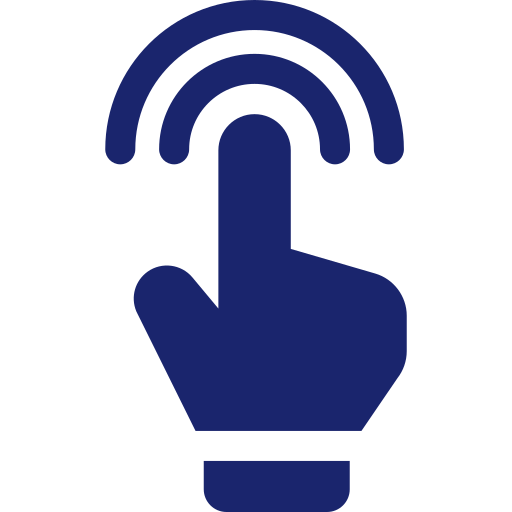
Making It Accessible
Starting April 2026, all digital materials must meet digital accessibility standards (WCAG 2.1 Level AA). The good news is you don’t have to do everything at once. Starting now makes the transition manageable.
- Prioritize new materials. Make sure anything you create or update from this point forward meets WCAG 2.1 Level AA guidelines. As you prepare your Spring 2026 courses, please design or edit to meet these standards.
- Use YuJa Panorama. Let the tool scan your content and guide you to the most important fixes.
- Keep improving over time. Each step you take now reduces the workload later and ensures your students can fully engage.
- Use this WCAG checklist to identify the standards you will need to meet.
- Review these Accessibility FAQs.
- Visit the UDX Experience in Brightspace, to learn more about any of the WCAG standards and ask questions.
Accessibility is not optional, but with steady progress, it doesn’t have to be overwhelming. Start today, and you’ll be ready when the deadline arrives.
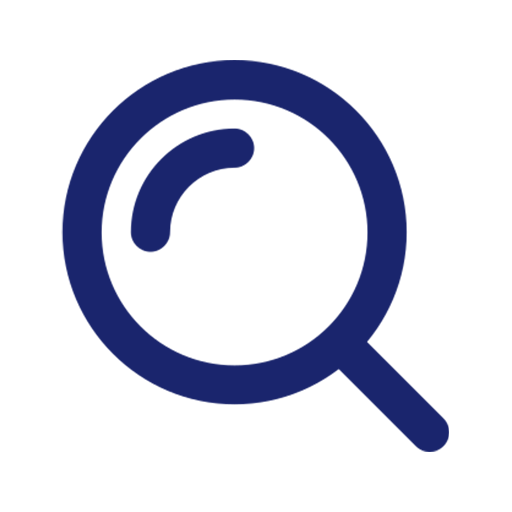
Assistive Technology
Assistive technologies are tools that help individuals maintain or enhance their abilities. Common examples include:
- Eyeglasses – used by millions to improve vision
- Screen readers – convert text to speech for blind or low-vision users
- Voice recognition software – helps users write without typing
- Screen magnifiers – enlarge content for easier viewing
- Ergonomic tools – reduce strain and prevent injury
By designing accessible materials, you’re not just meeting legal requirements—you’re creating a more inclusive, supportive learning environment for everyone.
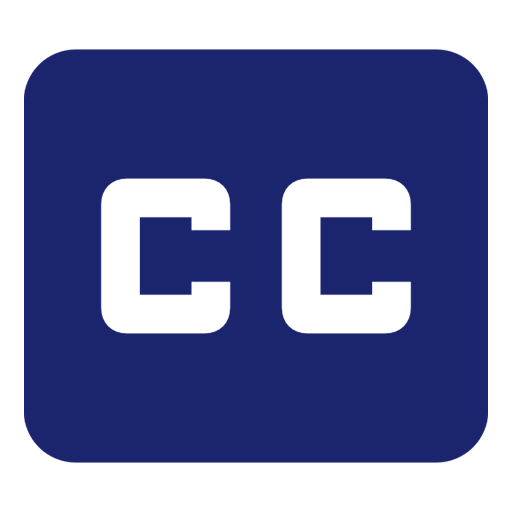
Examples In Practice
A video with closed captions may be essential for a student who is hard-of-hearing, but it also supports:
- Visual People
- People for whom English is a second language
- People in noisy or quiet environments
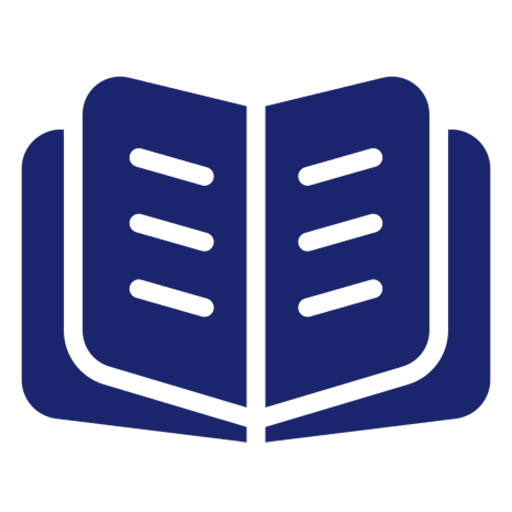
How Everyone Can Apply C.A.L.M.
- Choose textbooks and readings available in accessible formats (e.g., screen reader-compatible PDFs).
- Use videos with accurate closed captions.
- Provide alternative text for images and graphics.
- Ensure digital content is navigable by keyboard and screen readers.
Need Help Getting Started?
Visit the UDX Experience in Brightspace, and the Office of Accessibility.
